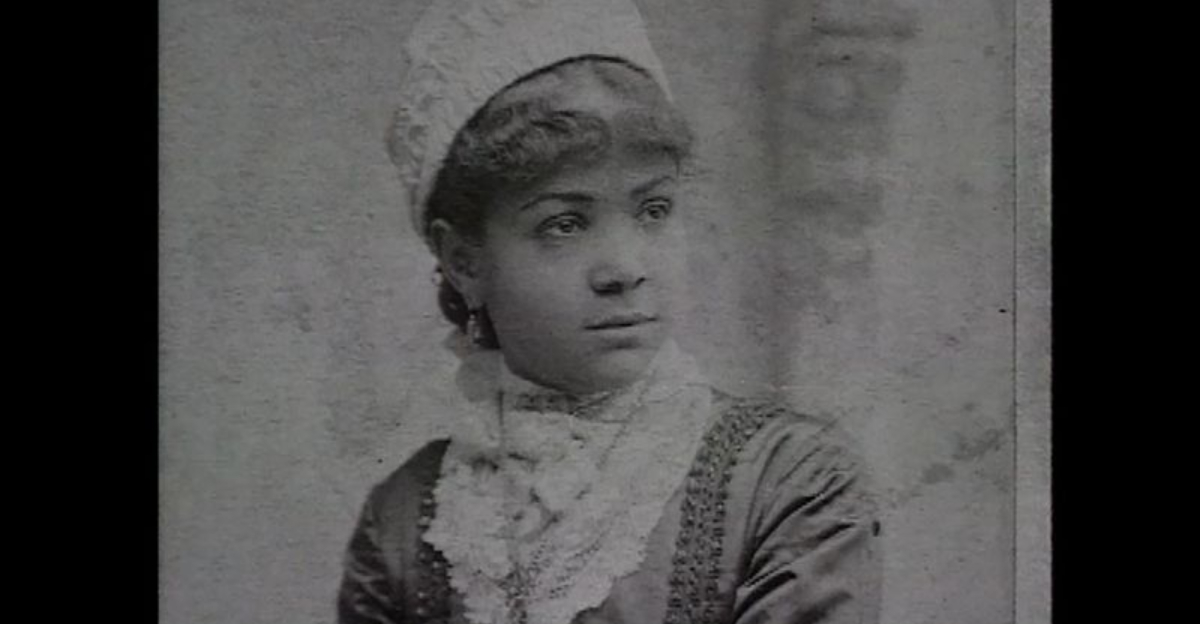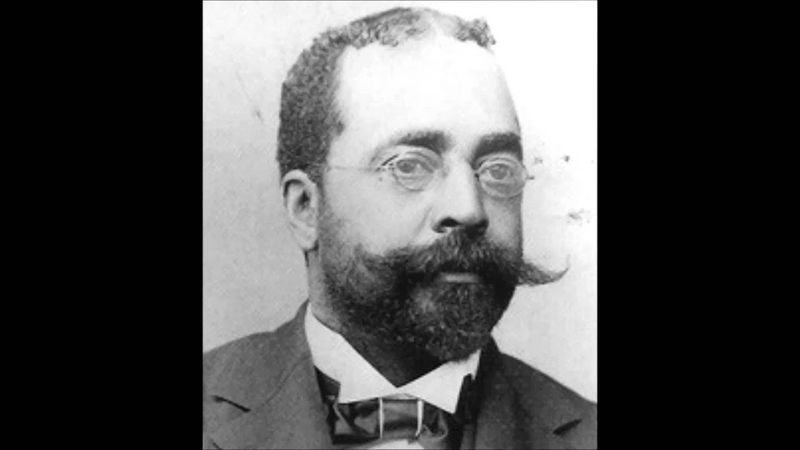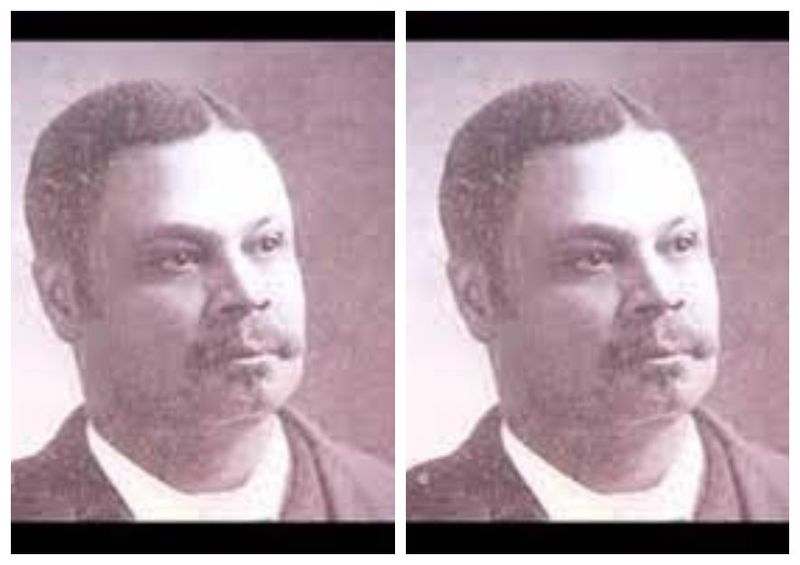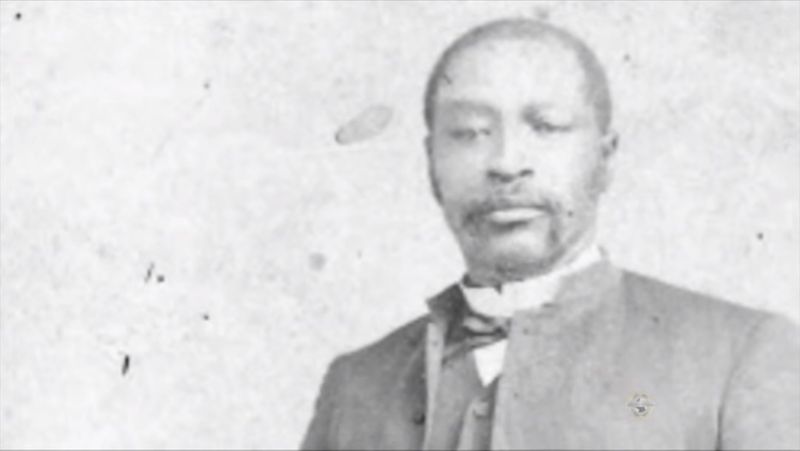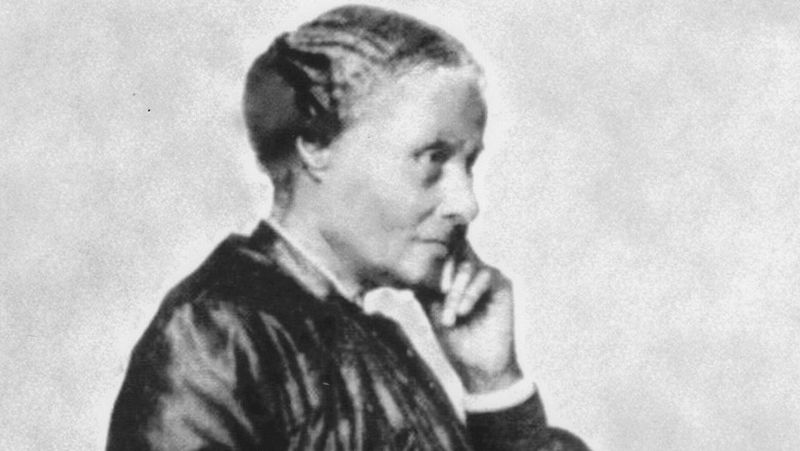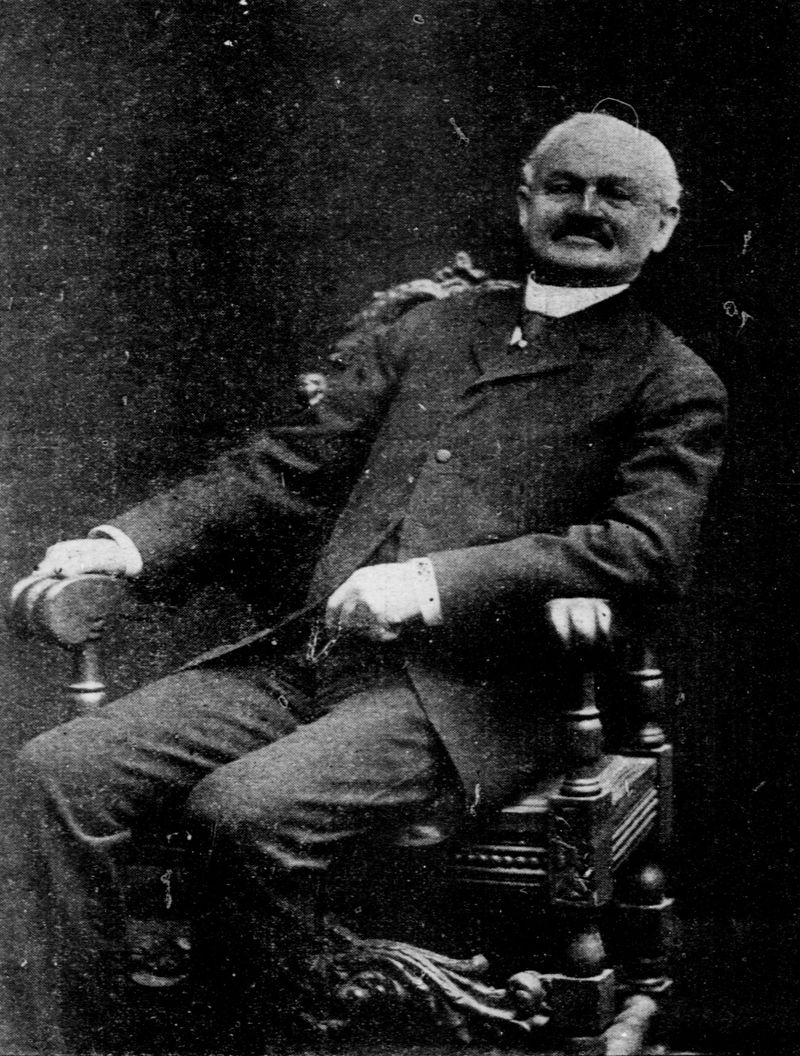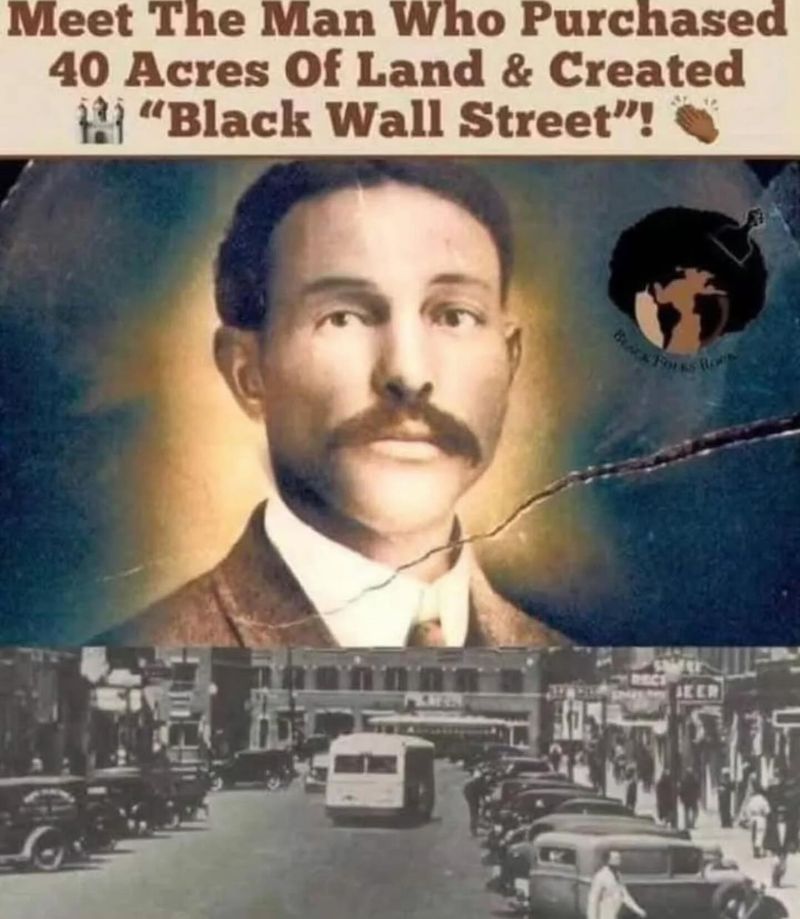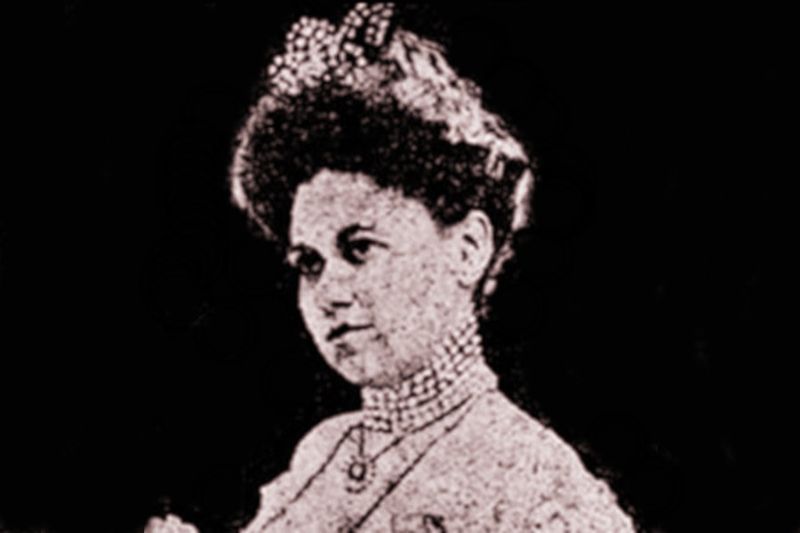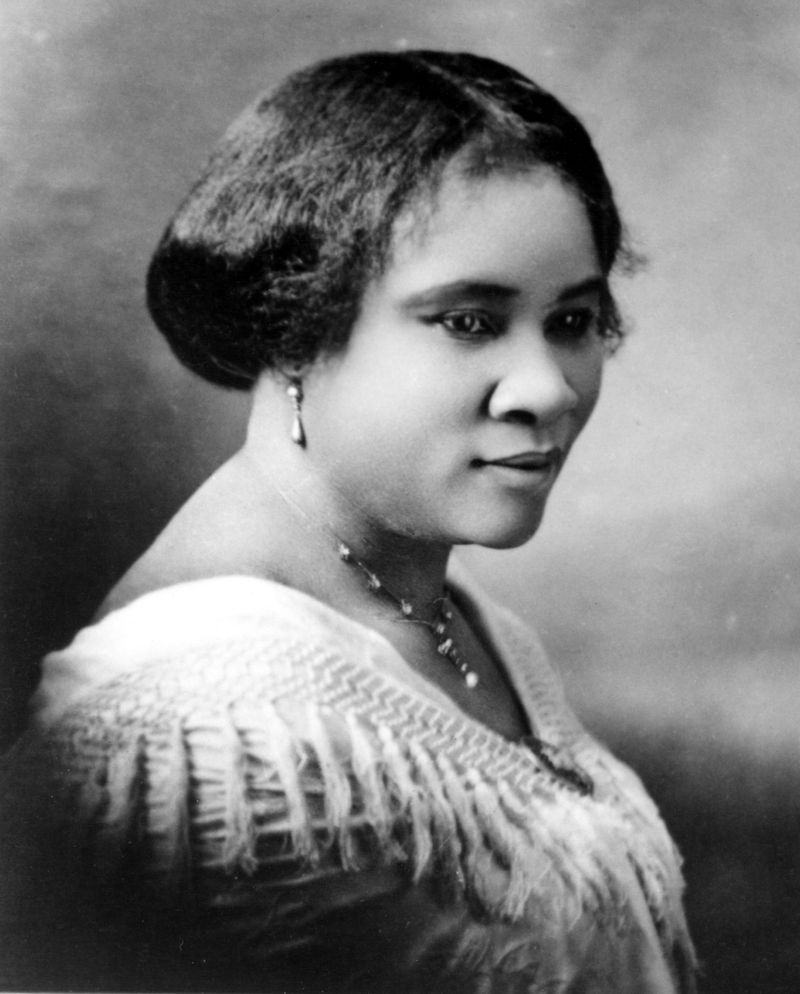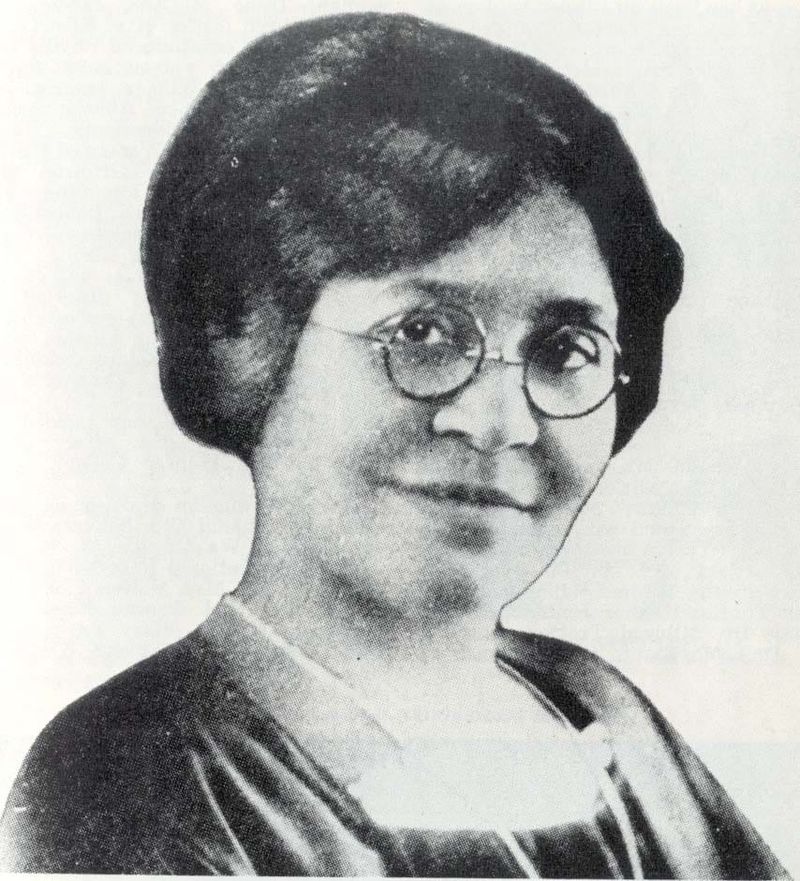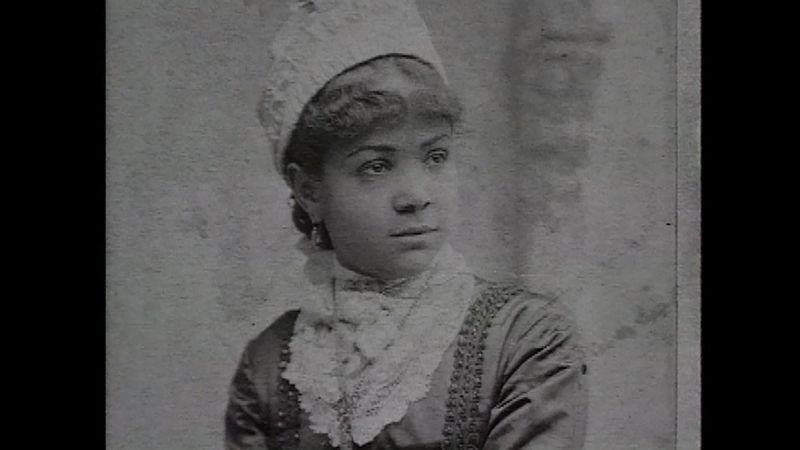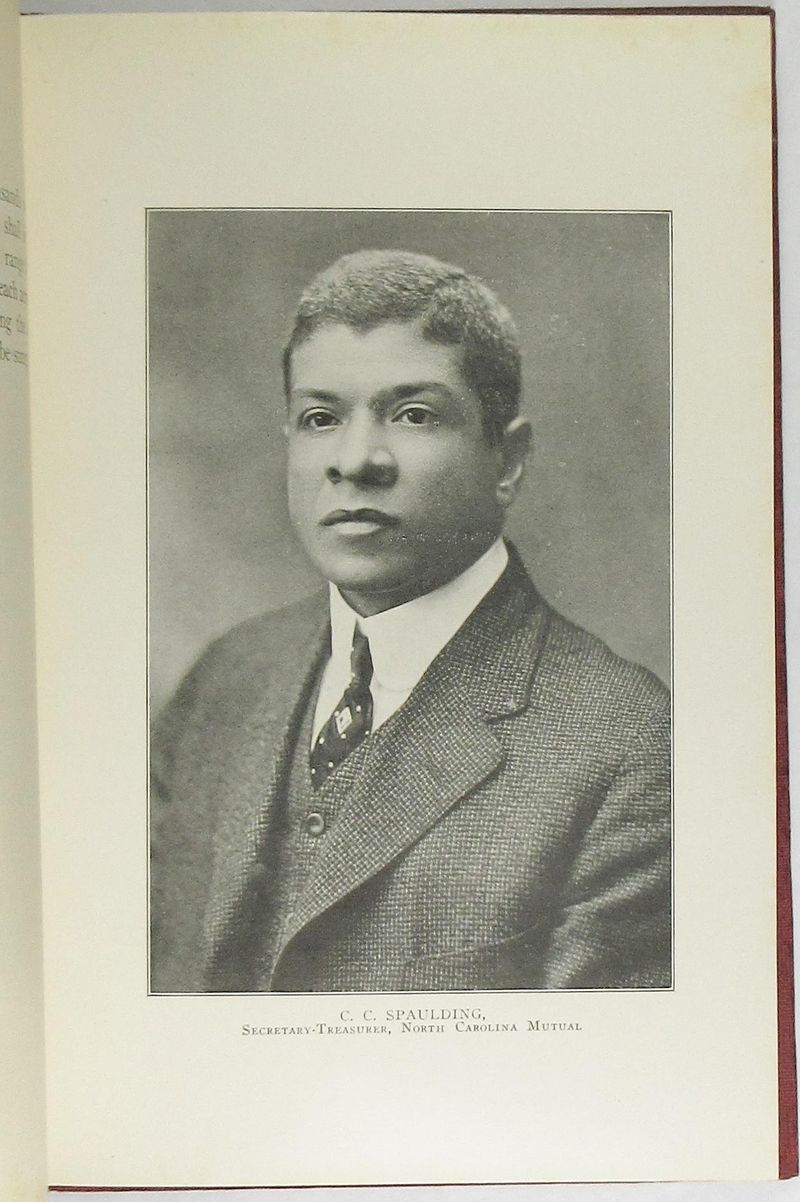Our history books often skip over incredible stories of Black excellence and entrepreneurship. Hidden beneath the pages of mainstream education are remarkable individuals who built empires, broke barriers, and created generational wealth against overwhelming odds. These 12 trailblazers transformed American business, finance, and society despite facing discrimination and systemic racism.
1. William Alexander Leidesdorff – A pioneering entrepreneur in mid-19th-century California
Born to a Danish sugar planter and an African woman in the Virgin Islands, Leidesdorff sailed into San Francisco’s history as its first Black millionaire. After establishing a thriving shipping business between California and Hawaii, he pivoted to real estate, accumulating vast properties in what would become downtown San Francisco.
His 35,000-acre ranch and city holdings would be worth billions today. As city treasurer and member of the school board, Leidesdorff helped establish San Francisco’s first public school while operating the city’s first hotel.
When he died suddenly at 38, his estate sparked legal battles that lasted decades—a testament to the immense fortune this boundary-breaking entrepreneur created.
2. John Carruthers Stanly – Born into slavery in North Carolina, Stanly built a fortune through plantations and trading
Freedom arrived for John Carruthers Stanly when his white father purchased it in 1795. Rather than simply enjoying his liberty, Stanly transformed it into an empire. Starting as a barber, his sharp business acumen quickly led him to real estate investments and money lending.
By the 1820s, this formerly enslaved man owned three plantations spanning 1,600 acres and employed over 160 enslaved workers. His wealth rivaled the richest white planters in North Carolina.
Stanly’s complex legacy includes using his fortune to purchase freedom for his children and other family members while simultaneously participating in the very system that had once enslaved him.
3. Jeremiah Hamilton – Dubbed “Wall Street’s first Black millionaire,” Hamilton made—and lost—several fortunes through bold real-estate and stock-market speculation
Shrouded in mystery, Jeremiah Hamilton emerged in 1820s New York as a financial shark unafraid to bite white competitors. Starting with insurance fraud in Haiti, he arrived in Manhattan and plunged into Wall Street speculation, breaking every racial barrier in his path.
Hamilton amassed over $2 million (equivalent to $250 million today) through ruthless tactics that earned him the nickname “Prince of Darkness.” During the 1835 Great Fire that devastated New York, he bought properties at fire-sale prices while they still smoldered.
Unlike many wealthy Black Americans of his era, Hamilton made no attempts to hide his race and openly battled white business rivals, including Cornelius Vanderbilt himself.
4. Mary Ellen Pleasant – Known as the “Mother of Civil Rights in California,” Pleasant parlayed savvy investments into a multimillion-dollar fortune
A mysterious woman of extraordinary talent, Mary Ellen Pleasant transformed herself from domestic worker to financial powerhouse in Gold Rush-era San Francisco. Arriving with $15,000 in gold, she established laundries and boarding houses catering to miners, then channeled profits into restaurant chains and real estate investments.
Pleasant mastered the art of eavesdropping on wealthy clients’ financial conversations, using insider knowledge to make savvy stock market plays. Her fortune grew to $30 million in today’s dollars.
Beyond business, she funded abolitionist John Brown’s raid on Harpers Ferry and successfully sued to desegregate San Francisco’s streetcars in 1868—an early civil rights victory few Americans know about.
5. Robert Reed Church Sr. – A former slave’s son, Church became Memphis’s leading real-estate developer and philanthropist
When yellow fever devastated Memphis in 1878, property values plummeted as residents fled. Robert Reed Church Sr., born to an enslaved mother and white steamboat owner father, saw opportunity where others saw only disaster.
Using savings from his work as a steward on his father’s boats, Church purchased abandoned properties throughout Memphis. His strategic investments transformed into a real estate empire worth over $1 million (equivalent to $30 million today).
Church opened Memphis’s first Black-owned bank and built Church Park, a recreational complex where Black Memphians could gather when excluded from white facilities. His daughter Mary became a pioneering civil rights activist, continuing his legacy of community empowerment.
6. O.W. Gurley – Founder of Tulsa’s Greenwood District—America’s famed “Black Wall Street”
From a single storefront to an economic wonder, O.W. Gurley’s vision transformed 40 acres of Oklahoma land into America’s most prosperous Black business district. After the 1905 oil boom, this land developer and school principal purchased property in segregated Tulsa, building a grocery store and rooming house.
Gurley implemented a revolutionary economic strategy: he sold plots exclusively to Black buyers and provided loans to entrepreneurs. By 1921, his Greenwood District housed over 600 Black-owned businesses including hotels, theaters, and a bank.
Tragically, white mobs destroyed this economic miracle during the 1921 Tulsa Race Massacre. Gurley lost nearly $150,000 (about $2.3 million today), yet his blueprint for Black economic self-sufficiency remains legendary.
7. Hannah Elias – In the 1890s New York hotel boom, Elias quietly accumulated a small fortune through property deals
From domestic worker to real estate magnate, Hannah Elias navigated a path to wealth that shocked Gilded Age New York society. Her financial ascent began through a relationship with a wealthy white businessman, but her own shrewd property investments multiplied her initial capital.
By 1905, Elias owned multiple apartment buildings in Harlem worth over $1 million (approximately $30 million today). News of a Black woman living in a Fifth Avenue mansion created a sensation in segregated Manhattan.
When scandal threatened her empire after her benefactor’s death, Elias vanished from public view, taking her fortune with her. Her remarkable story of financial acumen faded from history books but exemplifies the hidden legacy of Black wealth-building in America.
8. Madam C.J. Walker (Sarah Breedlove) – By pioneering hair-care products tailored to Black women, Walker built a national company
From washing clothes in washtubs to building a hair care empire, Sarah Breedlove transformed herself into Madam C.J. Walker after developing products to address her own hair loss. Born to former slaves in 1867, this daughter of sharecroppers created specialized hair formulas that solved common problems for Black women.
Walker revolutionized direct sales by training over 40,000 “beauty culturists” who demonstrated her products while earning their own income. Her innovative door-to-door approach empowered thousands of Black women with unprecedented economic opportunities.
By 1919, her company had made her America’s first female self-made millionaire. Walker used her fortune to fund anti-lynching campaigns and built a mansion neighboring John D. Rockefeller’s estate—a bold statement of Black excellence.
9. Annie Turnbo Malone – Four years before Walker, Malone launched Poro Beauty and, by 1920, held $14 million in assets
Often overshadowed by her more famous employee-turned-competitor Madam C.J. Walker, Annie Turnbo Malone actually pioneered the Black hair care industry first. After developing hair products in her kitchen to solve the damage caused by harsh chemicals, Malone began selling door-to-door in St. Louis in 1900.
Her Poro brand exploded in popularity, enabling her to build a 5-acre educational complex that trained over 75,000 sales agents worldwide. At its peak, her fortune reached $14 million—over $200 million in today’s currency.
Malone’s generosity matched her business genius. She donated millions to Howard University, Tuskegee Institute, and the St. Louis Colored Orphans Home, which later renamed itself in her honor.
10. Maggie Lena Walker – In 1903 she chartered St. Luke Penny Savings Bank in Richmond, VA, becoming the first Black woman bank president
Banking was exclusively a white man’s world until Maggie Lena Walker shattered that ceiling in 1903. The daughter of a former slave, Walker transformed a small fraternal organization into an economic powerhouse by founding St. Luke Penny Savings Bank in Richmond, Virginia.
Her revolutionary vision centered on financial empowerment for the Black community, especially women. “Let us put our money together and reap the benefits,” she famously declared, creating loans for home purchases and business startups when white banks refused Black customers.
Despite using a wheelchair later in life and facing both racism and sexism, Walker’s bank survived the Great Depression through a strategic merger. Today’s Consolidated Bank & Trust continues her legacy as the oldest continuously operating Black-owned bank in America.
11. John Merrick – Born a slave in North Carolina, Merrick co-founded North Carolina Mutual Life Insurance Company in 1898
From barbershop to boardroom, John Merrick’s journey exemplifies entrepreneurial brilliance against impossible odds. Born enslaved in 1859, Merrick became Durham’s premier barber after emancipation, with shops serving both Black customers and wealthy white tobacco magnates.
Conversations with white clients revealed a crucial insight: insurance companies refused to cover Black people or charged exploitative rates. Spotting both injustice and opportunity, Merrick co-founded North Carolina Mutual Life Insurance in 1898 with just $250 in capital.
His company filled this critical gap by providing dignified funeral services and financial protection for Black families. The venture exploded into the nation’s largest Black-owned business by 1900, demonstrating how addressing community needs could create monumental wealth.
12. Oprah Winfrey – Rising from rural poverty, Winfrey leveraged her talk-show success into Harpo Productions, and in 2003 became the first Black woman to reach billionaire status
From wearing potato sack dresses in rural Mississippi to building a media empire worth billions, Oprah Winfrey embodies the ultimate American success story. After facing poverty, abuse, and racial discrimination in her early years, she transformed a Chicago morning show into national television dominance.
Winfrey’s brilliance wasn’t just in broadcasting but in business ownership. Instead of accepting lucrative contracts, she created Harpo Productions in 1986, maintaining control of her content and image—a revolutionary move for a Black woman in entertainment.
This ownership mentality created unprecedented wealth as she expanded into magazines, books, films, and her OWN television network. Beyond entertainment, her Angel Network has raised over $80 million for educational initiatives worldwide.
